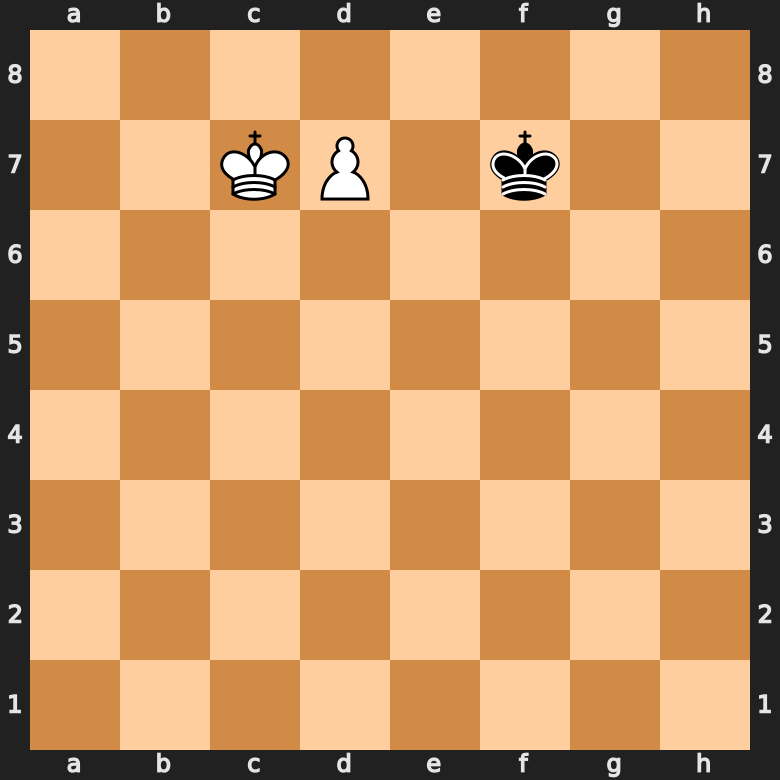Can a Pawn Move Backwards in Chess?
The vast majority of chess pieces can move both forwards and backwards within their respective movement rules. But does this hold true for the pawn as well? In other words: can the pawn move, attack, or capture backwards? Let’s find out once and for all in this article.
The Pawn Can Only Move Forwards
The rules of chess state very clearly, that the pawn is not allowed to move backwards under any circumstances.
Pawns have three distinct ways of moving across the chess board, all of which are in a forwards-facing direction only:
- One step forward for every move
- Two steps forward on every pawns first move
- Capture one square one square diagonally in front
These are all theoretically possible ways a pawn can move in chess:

As you can see, the pawn has no legal way to move backwards on the board. But what about attacking?
Can a Pawn Attack Backwards?
The pawn is a special piece, in the sense that it is the only one that doesn’t attack the same way it moves. Every other piece in chess attacks the same way it moves.
While it can only move one (or two) squares forwards each move, the pawn always attacks one square forwards and diagonally. Meaning, it is also not possible for the pawn to attack backwards.
Beginners also often make the mistake of thinking en passant changes the way the pawn attacks – sometimes even turning en passant into a capture in a backwards direction. Even when capturing en passant, the pawn still attacks one square forwards diagonally, but the captured pawn is not on the attacked square. Feel free to read through our en-passant guide, if you need a refresher.
Can a Pawn Go Backwards After Reaching The Other Side of The Board?
Now that we’ve established that there is no way for a pawn to move or attack backwards on the chess board, we can look at a bit of a loop-hole; the pawn promotion.
Whenever a pawn reaches the other side of the board, it is immediately exchanged for either a queen, rook, bishop, or knight of the same color. You might see where this is going…

Once the pawn is exchanged for another piece, that piece is legally allowed to move backwards. So in a sense, a pawn can move backwards after a promotion; but that is really stretching the essence of the question at hand.
Why Can’t Pawns Move Backwards?
Now we know for sure that the pawn can only move forwards. But why exactly is that? We’ve established two main reasons:
- Pawns would be a lot more powerful: With 16 pawns on the chess board, it is necessary for them to have rather limited capabilities regarding movement and attacking power. Allowing pawns to move (and thus attack/defend) backwards would seriously shift the power distribution among chess pieces and leave pawns with a major advantage.
- Pawn Promotion: An essential part of the game of chess is the pawn promotion, which occurs whenever a pawn reaches the other side of the board. Allowing pawns to move backwards would lead to far fewer pawn promotions and essentially make every piece of known endgame-theory useless.

